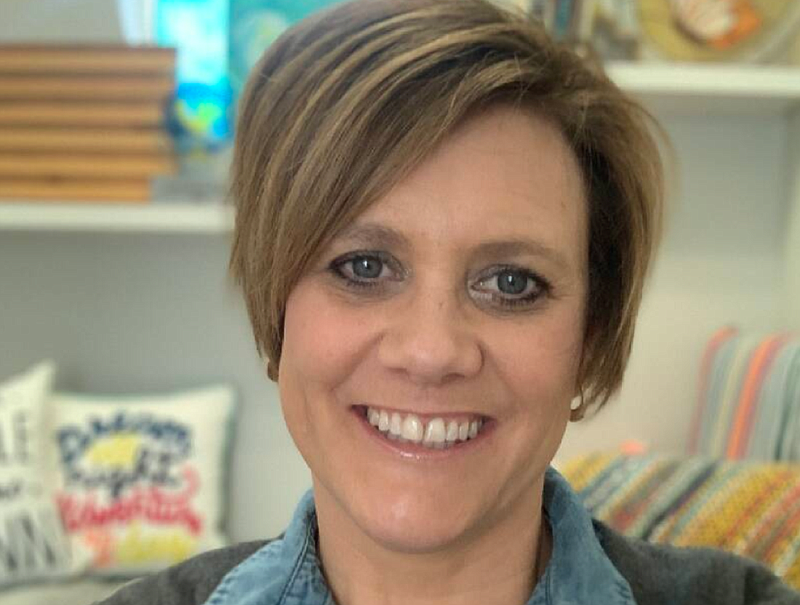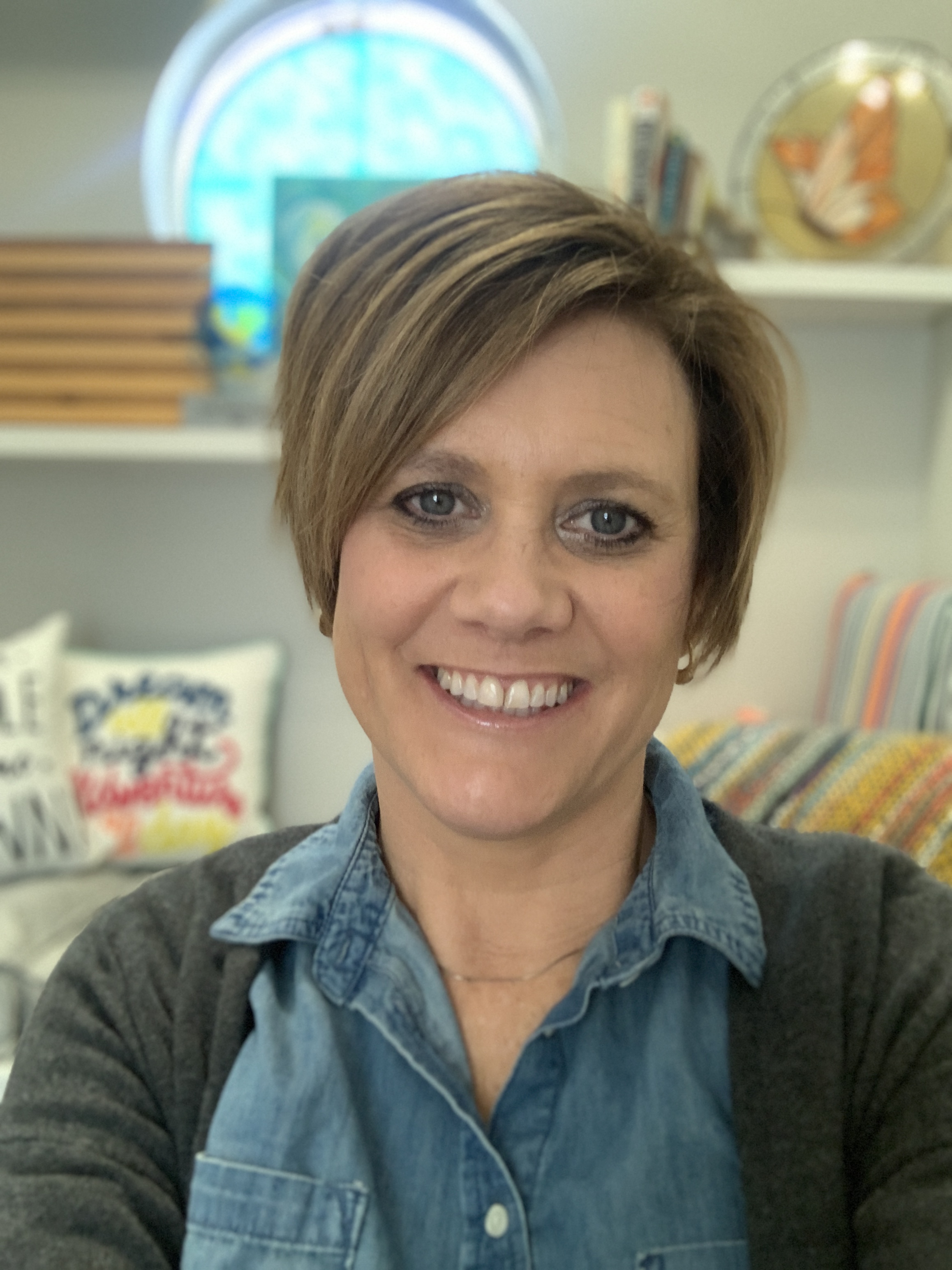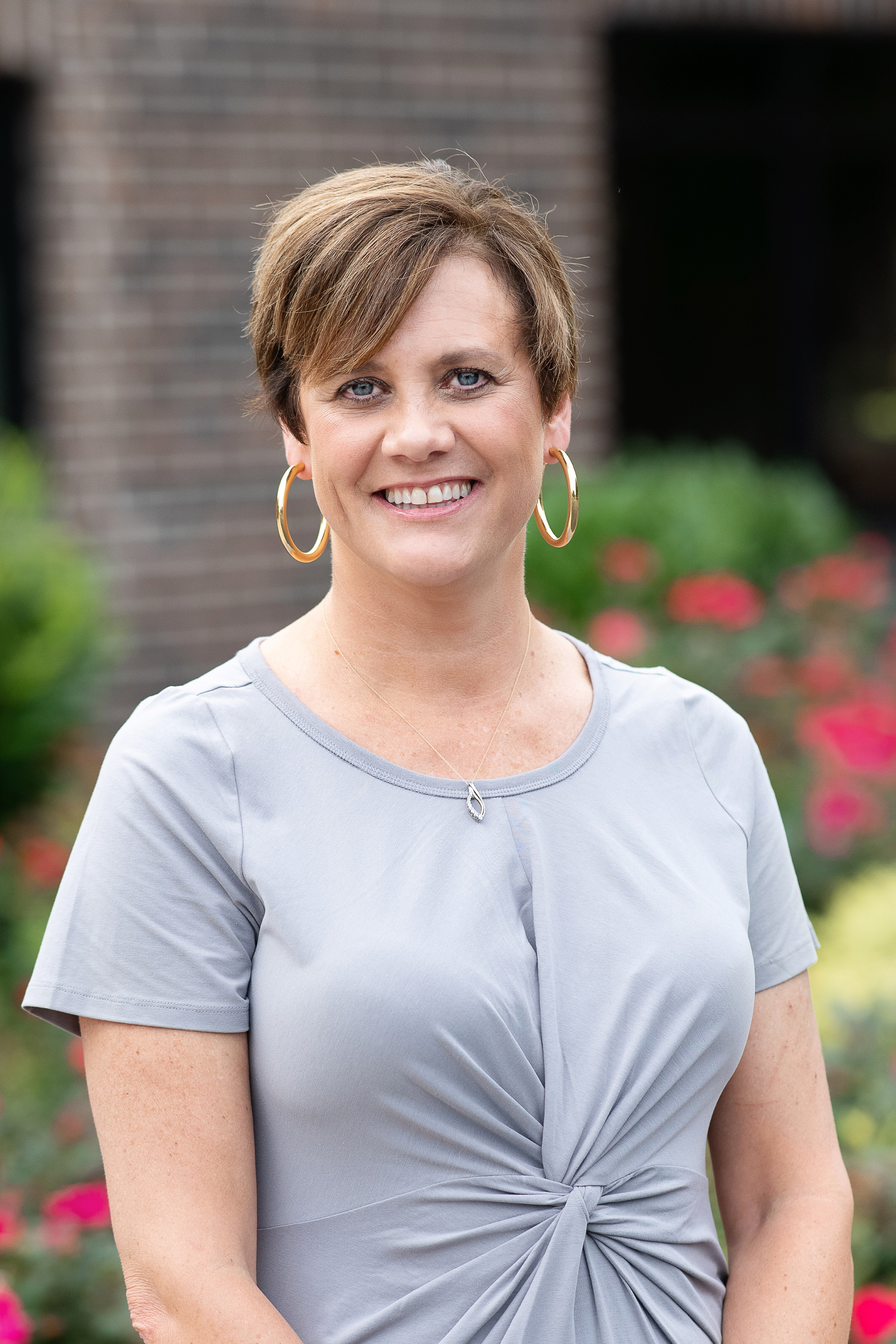Julie Daniel Davis took early retirement in May from her role leading instructional technology at a local private school, but she's just getting started when it comes to advocating for technology in education. She's an adjunct instructor in educational technology at the University of Tennessee at Chattanooga, the host of a weekly podcast on voice technology, a consultant who helps educators integrate technology into their work, and an advocate for teachers with technology developers on their products.
"Many people think that technology has become a substitute for something you can do with paper and pencil," she says. "For people at large, including educators, to understand the value of technology, they have to think beyond substitution. What can I do with technology that I wasn't able to do before?"
This interview has been edited for length and clarity.
Q: How has the rise of technology during the pandemic driven demand for your expertise?
A: The voice technology is a passion project for me. I really want to speak in this space. I don't want voice technology to happen to education - I want educators to have a say. Educators from all around the world would reach out to me, and when you're working full time it's hard to find time to help, so I created the podcast. It's 10 minutes or less each week of me talking about best practices or ways to use it. I have guests on talking about their voice technology skills, so that way when someone contacted me, I could say, 'Go to episode 102.' And in the midst of that, I have just as many followers in the voice industry because they're trying to do things in that space for learning and voice tech. It opened some doors for consulting work there. I believe pandemic times are the best time for using voice. It's non-touch, it's meeting families where they are, and the immersion target of people who have voice tech in their homes is large. Now is the time for this technology.
Q: You have long focused on the role of technology in education, but 2020 really shot that topic to the top of every list. How did your work evolve and grow through this crisis?
A: At first, educators were so overwhelmed: How do I meet these needs? They were thrust into an online environment and the last thing on their plate was trying to figure out engagement. But we're now at the time when educators have it under their belt - now they're really looking for ways to engage students with an online presence. I started a weekly series called Edtech for Engagement, putting out 5 minute or less YouTube videos on certain edtech tools that can help with that engagement process. It will be area educators just striving to help other educators - we're all in this together. For me, teaching graduate-level edtech at UTC, I'm teaching teachers. It's an elective for any graduate-level educator or computer science major. If you're not on the cutting edge and looking into emerging tech, you're not relevant in the edtech world. If you're not aware of what's coming down the pike, you can't keep up.
Q: What's an example of how you help educators start using technology for student engagement?
A: The best way to start is with an Alexa flash briefing. Amazon has created Alexa blueprints - it's a blank template, so you don't have to have any coding or programming to create a flash briefing in 10 minutes or less. It can be a teacher's news for the day or the week. You put it out on Monday or Sunday, and these families are sitting around getting ready and you're saying, 'Don't forget your shoes for PE, don't forget picture day, we've got a test in history on Thursday,' or maybe it's not in-person reminders, maybe it's more, 'Today you need access to a computer, your history book, the page I sent you.' It's almost like a checklist for engagement. You just ask, 'Alexa, what's my flash briefing? What's Mrs. Davis's news?' and that's a great way to connect families. A lot of people don't understand or realize you don't have to have an Amazon device - you can download the app for free on your phone. If you look at the smartphone immersion rate, most every family can open up the Alexa app and do the same thing. I can set up Alexa to tell me what's on my to-do list, and things like that create some efficiencies for families and educators. One of biggest responses in the education world was there aren't enough communications between schools and families. A non-touch device immersed in the home is a great place to start.
Q: How has the pandemic changed the willingness to try new educational technologies?
A: In edtech, where we are right now is what we were made for. A fireman never wants to go into a fire, but this is a time that all these things we've been saying, here's your opportunity to really use them. Those teachers who were more hesitant are saying, 'I am convinced now, even when we're face-to-face, I want to embed some of this in my course.' And for students, you see so much gain, and you're preparing them for their futures - but it's not even the future, it's now. It's preparing them for their world. The future of education is going to have to change and be personalized and that's another reason I love the voice system. I can personalize what's happening by using the Alexa blueprint, I can create lectures, quizzes, specifically for my class.
Q: What are some of the least appreciated, most misunderstood ways that technology can strengthen education?
A: There are four C's here: connection, curation, consumption and creation. If you can have students use technology to create something that shows their learning - maybe they create a podcast or they create a video or share their learning on a slide show - I've got to share what I learned in a creative way. Using technology takes it to the next level. Students can create some small computer programs in a STEM lab where a robot would share a fact they learned today. The curation piece is media literacy, informational literacy, computer literacy, the need to know and understand is extra high. We've got a whole nation who doesn't know what the truth is - this is teaching students how to discern through curation what is true and meaningful, what is a resource. That can't be ignored. It's got to be taught. And with Zoom, I can ask an author to talk to my students about the book they've been reading, I can ask an NASA astronaut to talk to my students about science, I can ask someone across the world to talk to the students about Asian civilization. That's going beyond a textbook and that was not available for my generation.


